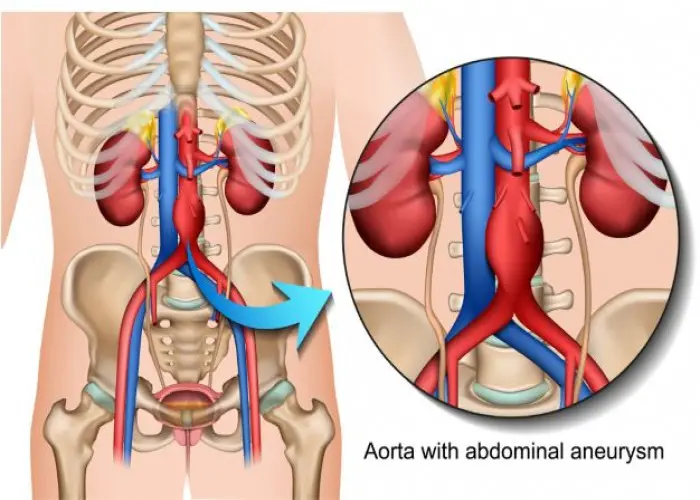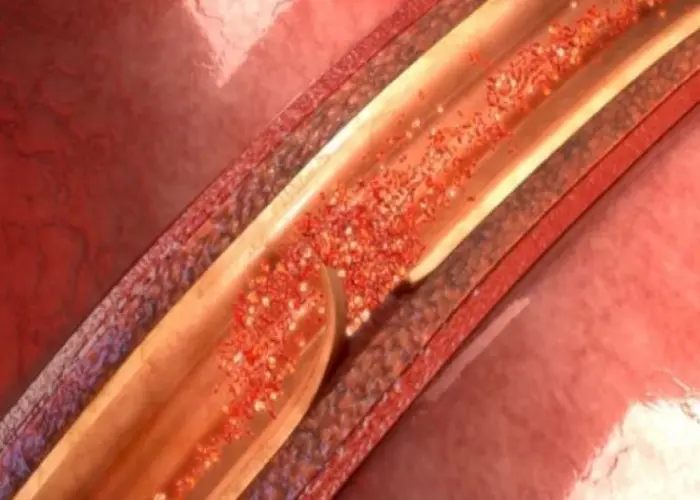 Welcome
Welcome
“May all be happy, may all be healed, may all be at peace and may no one ever suffer."
Artery - Diseases
An artery is a blood vessel that carries oxygenated blood away from the heart and to the rest of the body. Arteries are part of the circulatory system, which is responsible for delivering oxygen and nutrients to the body's tissues and removing waste products.
Arteries are thick-walled and muscular, which helps them withstand the high pressure of blood flow from the heart. They branch out into smaller vessels called arterioles, which eventually lead to capillaries, the smallest blood vessels in the body. Capillaries are responsible for exchanging nutrients and gases between the blood and tissues.
There are two types of arteries in the human body: systemic arteries and pulmonary arteries. Systemic arteries carry oxygenated blood from the heart to the body's tissues, while pulmonary arteries carry deoxygenated blood from the heart to the lungs for oxygenation.
Diseases of the arteries, such as atherosclerosis (a buildup of plaque in the arterial walls), can lead to decreased blood flow and oxygen supply to the body's tissues. This can result in a range of health problems, including heart attack, stroke, and peripheral artery disease. Treatment for artery diseases may include lifestyle changes, medications, or surgery.

Nasal cavity

Ascending colon intestine

Ear
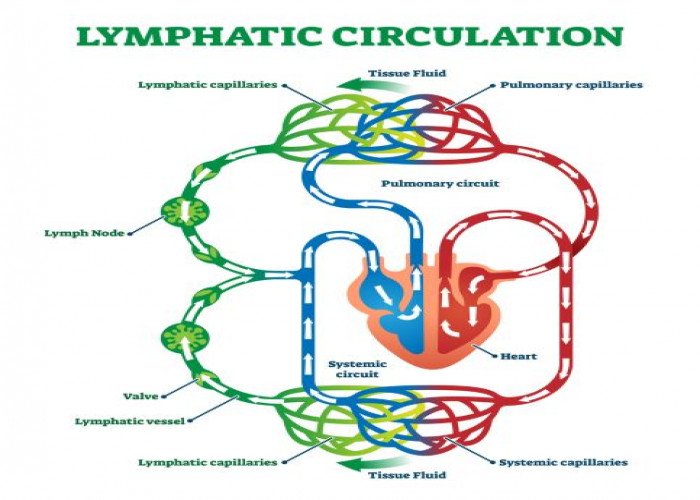
Lymphatic vessel
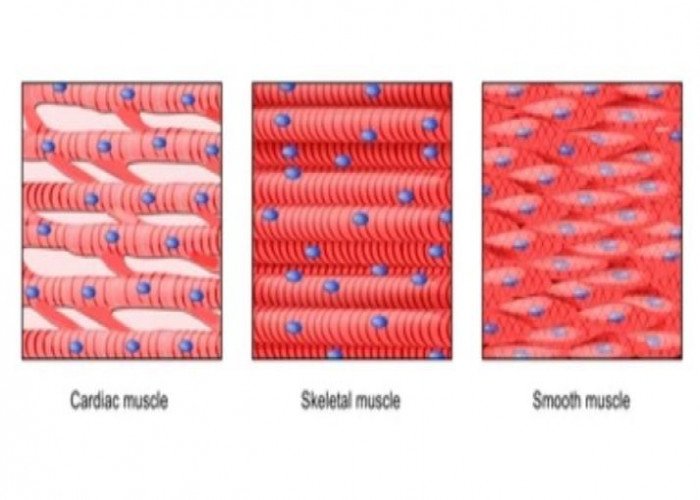
Tissue

Liver
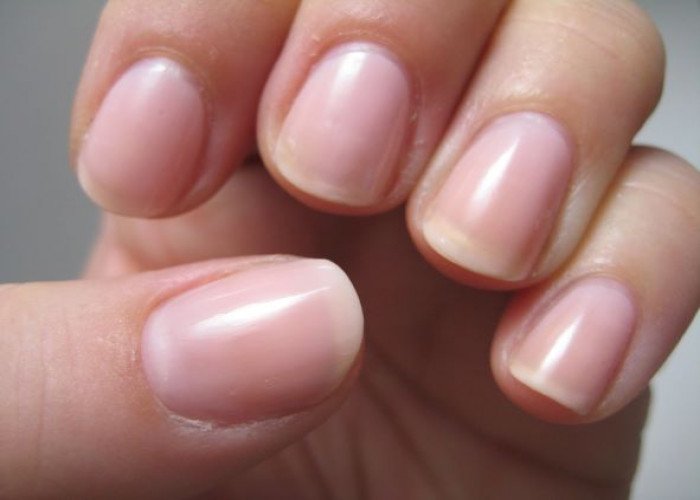
Nails

Toe
Artery, Aorta, ধমনী
To be happy, beautiful, healthy, wealthy, hale and long-lived stay with DM3S.
